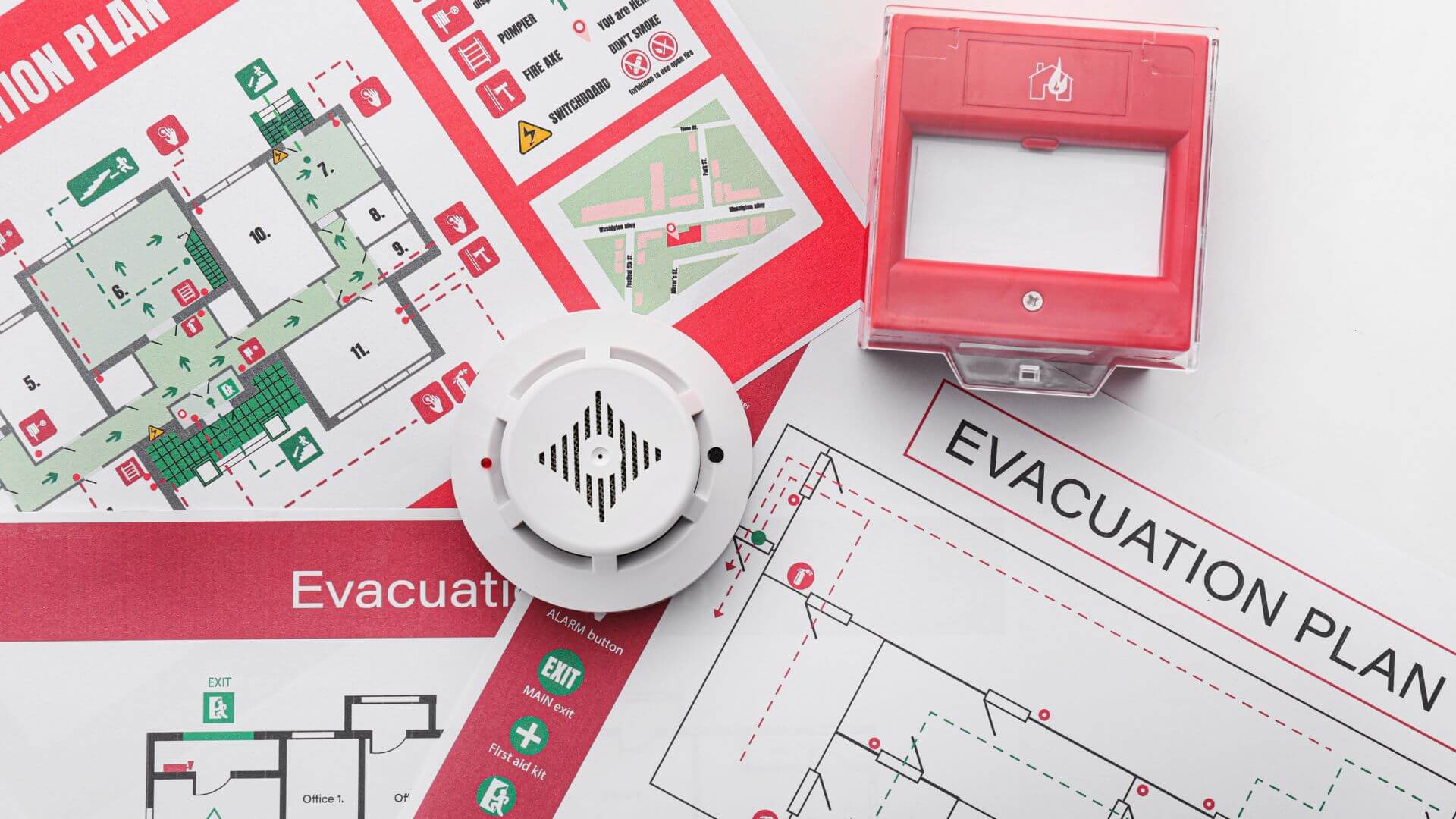Having a competently-written, clear and concise safety management system (SMS) can mean the difference between a safe workplace and a hazardous one.
If you aren’t in the habit of reviewing and revising your policies and documentation now, it’s one you should pick up.
Why not start by reviewing your health & safety management system? Or, if you don’t have one in place already, draft one today.
Let’s begin with the basics.
What is a safety management system?
You typically put management systems in place to organise complicated processes.
In the case of a SMS, it should focus on encouraging and improving safety in the workplace, taking all processes and condensing them into a system that promotes effective risk-based decision-making.
There are a few key processes you should recognise in your SMS:
- Risk Management: Standard for assessing your workplace’s risks and risk controls, such as fire risks.
- Health & Safety Performance: Analyses whether you’ve achieved your company’s goals.
- Identifying Hazards: Does what it says on the tin—recognise significant hazards within your organisation.
- Incident Reporting: When an accident occurs, ensures you are reporting it effectively, efficiently, and with the correct amount of detail.
- Safety Assurance: Finally, helps ensure your company maintains a high standard of health & safety, and continuously improves safety management.
SMS should always build on existing processes, not serve as a substitute for them.
Your system should be proactive rather than reactive, focusing primarily on hazards.
How do I implement an SMS?
Prior to implementing a new safety management system, you should conduct a full review of all health & safety policies and procedures.
This review should check that you’re compliant, and that you’re following best practice for your industry.
Once that is complete, set objectives and targets that you want to hit. Measure these targets against key performance indicators.
Good indicators include:
- Carrying out a certain amount of planned risk assessments.
- Maintenance of equipment critical for health & safety best practice.
- Overall level of implementation of the SMS.
You should also set yourself questions to ask on a periodic basis as a method of measuring success. Such questions include:
- When did we last review the SMS?
- Do we comment on health & safety performance in our annual review?
- Should we reward exceptional performance in health & safety?
- Do we carry out audits regularly?
- How do we learn from our mistakes?
Once you have these targets and questions in place, you can work on integrating them in conjunction with your current processes.
If there are any sticking points, ask yourself how you could alter processes to fit with your organisation’s goals.
How will a SMS benefit my business?
Aside from the obvious benefit of improving overall health & safety, SMS provides a number of benefits:
- Improved decision making.
- Reduced accidents.
- Better resource allocation.
- Increased efficiency of workforce.
- Reduced costs on health & safety.
- Strengthens corporate culture.
- Helps demonstrate compliance.
Are there any standard frameworks?
If you’d like to create a safety management system, but aren’t sure where to start, there are both international and UK safety management standards.
The main two you should be aware of are:
HSG 65, and, ISO 45001:2018 Occupational health & safety management systems – requirements with guidance for use.
Need assistance with health & safety management?
If you’d like to implement a new safety management system, want to update your new one, or have an issue you’d like guidance on, contact a Croner expert today for support and assurance on 01455 858 132.
Related resources
Categories
- Business Advice
- Contracts & Documentation
- Culture & Performance
- Disciplinary & Grievances
- Dismissals & Conduct
- Employee Conduct
- Employment Law
- End of Contract
- Equality & Discrimination
- Health & Safety
- Hiring & Managing
- Leave & Absence
- Managing Health & Safety
- Moving
- Occupational Health
- Pay & Benefits
- Recruitment
- Risk & Welfare




